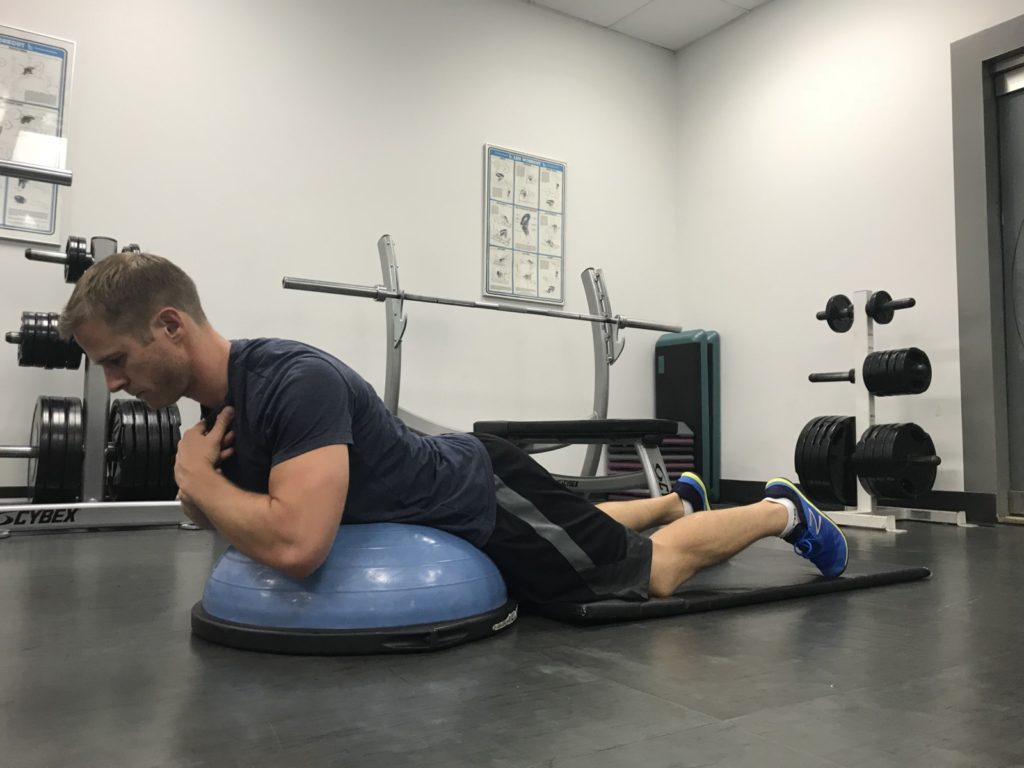Before we explore why you need to start with your brain for a long term solution to back pain, I want you to try something.
Imagine you were playing the piano with your toes and each toe was responsible for hitting a different key. Picture moving up the keyboard starting with your pinky and then back down again.

Having difficulty? I bet.
Most people find it very difficult to move one toe without moving all of them. This may be because your toes are represented in your brain as a single unit. When one moves, they all move.
A similar effect has been found in the lumbar spine muscles of people who have suffered back pain.
In an award winning study, researchers discovered that people who had previously suffered from back pain had overlapping representations of these muscles in the motor cortex. An effect known as smudging.
The researchers suggest that this lack of differentiation could leave people who have suffered from back pain in the past, more at risk of back pain in the future. Largely because this may alter how the spine moves and reacts to force.
Interestingly other studies have shown this might not change with standard training. You may have to relearn how to use these muscles before loading them in the traditional sense.
This has more in common with learning a new skill than it does with what most people would consider exercise.
In order to facilitate this I use a combination of touch, visualisation, and precise isometrics (Muscle Activation Techniques).
If you want to apply some of this to your training a good place to start is with visualisation.
Take a look at the image below which shows a cross section of the trunk around the level of your lumbar spine (L3). You can see there are muscles very close to your spine and muscles that attach to your pelvis more laterally.

Lay down on your front over a Bosu ball (pictured below) or similar. A folded towel will suffice if you don’t have access to any equipment.

Place your thumbs directly next to your spine. Keeping your head straight, gently lift your trunk away from the ball.
You should feel the muscle underneath your thumbs (multifidus) contract. Hold that contraction 6 seconds before relaxing.
Now move your thumbs a little further out over what would be longissimus. Try the same subtle lift and make sure you feel the muscle tense. Hold 6 seconds.
Lastly try the same for iliocostalis a little further laterally.
If at any point you don’t feel tension under your thumbs when you lift, direct your attention to that area and consciously try and change that by picturing the muscle concerned. If you feel pain at any point stop.
With a little practice and concentration you may start to see improvements in function and a reduced risk of further back pain incidents.